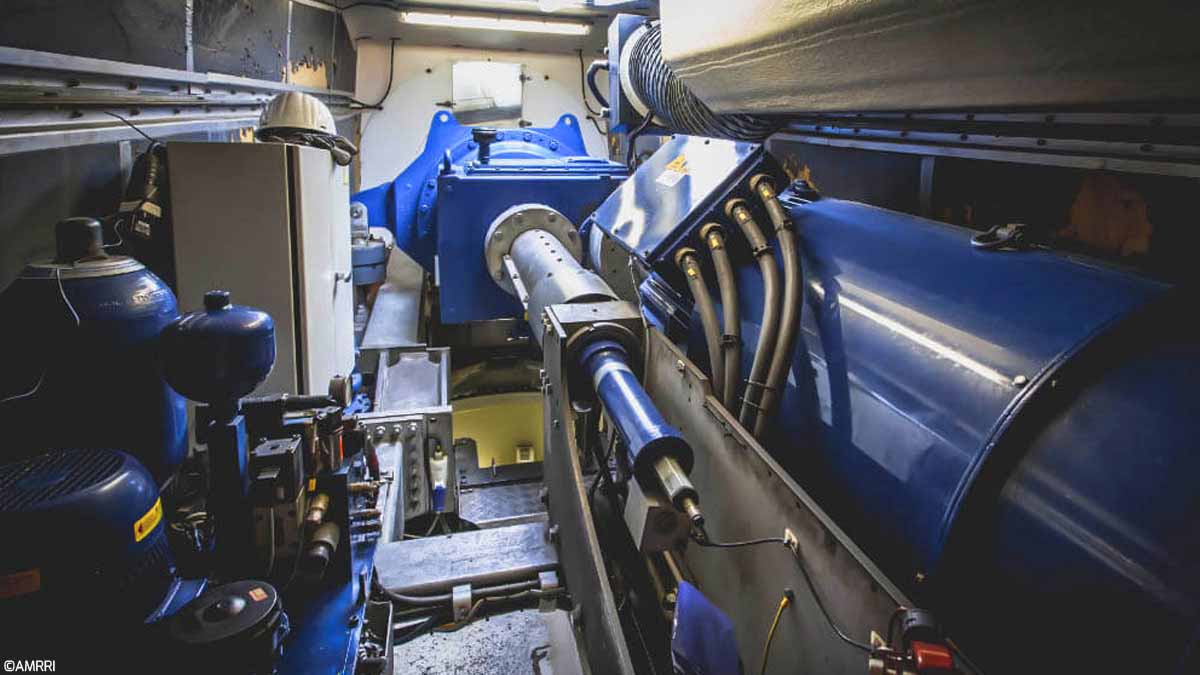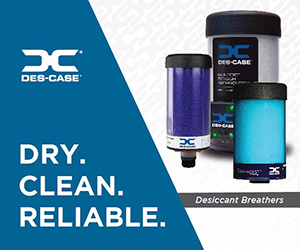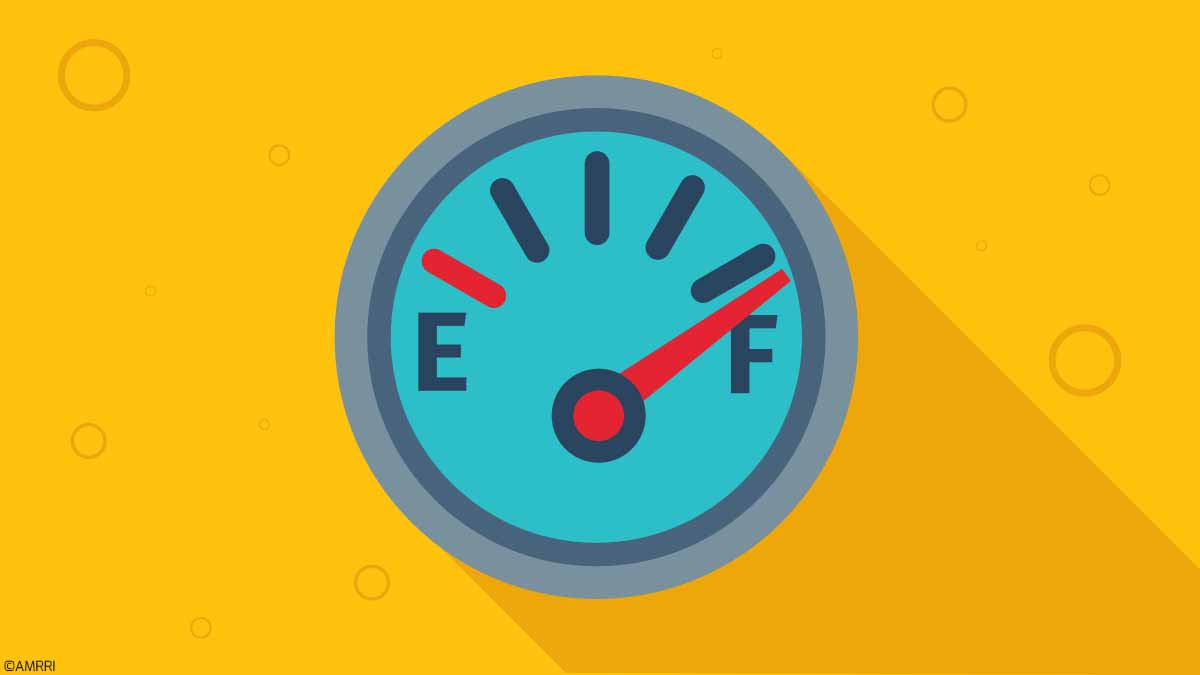Wind energy has become an increasingly important component of our energy grid as the world moves toward more sustainable power generation sources. Although harnessing wind power to do helpful work extends back to ancient times (think sail ships and windmills), stable electricity generation is a reasonably modern development.
With this development has come a growing appreciation for the role of lubricants in wind turbine reliability and an accompanying evolution in wind turbine gear oil formulations as the operating requirements are better understood.
Early Wind Turbines and Their Lubricants
The modern wind industry begins in the late seventies and early eighties. At this stage, the units were relatively small, with a capacity of no more than 100-200 kilowatts. As with many new technologies, there was a great deal of design experimentation, and many turbine variations co-existed.
Typical blade configurations sported anything from two to six blades, with some vertical-axis turbines thrown in the mix. Eventually, the “Danish” design (three-blades, horizontal axis) would cement its place as the industry standard configuration.
In these early years, wind turbine gear units were generally industrial gearboxes, repurposed. The approach was relatively crude and simple: rather than pushing electricity into an electric motor and extracting power through a gear reducer, engineers put the process in reverse, spinning the gearbox through power derived from the wind to drive a generator. But as Jim Carey (former ExxonMobil wind turbine gear oil formulator) explained in Episode 24 of Lubrication Experts:
“they would put [industrial gearboxes] up the tower and run for 6, 8, 10, 12 months. And they would all fail; broken teeth, bearings that would wipe out, you would have shafts that would snap. Seven to 10 years into the early nineties or so, or through the eighties into the early nineties, people realized, oh, wait a minute, if we want reliable power generation, you must increase the quality [of the gearing]. Not to the degree of, say, aircraft machining quality and whatnot, but we have to get a little bit better at devising machines that have tighter tolerances and are capable of more sustained power throughput from wind events to generate electricity.”
Early wind turbine gear oil formulations were also reasonably crude; formulations resembled “cut back” engine oils, containing the same metal-containing antiwear, antioxidant, and detergent additives seen in the automotive formulating tradition.
The Emergence of Micropitting as a Failure Mode
The subsequent generations of turbines heralded an era of tighter tolerances and more sustained, higher power throughput. This evolution led to the rise of micropitting failures in wind turbine gear sets.
Micropitting is a surface fatigue failure arising with rolling or sliding contacts. It’s frequently seen in gears subjected to intense loads, especially if the loading is variable.
Under these conditions, the roughness of the tooth surfaces and the oil film thickness are on the same scale, so the surface asperities come into contact with one another. The high loads placed through wind turbine gear sets and the variation of load induced by changing wind patterns make the wind turbine gearbox an ideal environment for micropitting.
When the asperities make direct contact, there is a sudden increase in the contact pressure; this intense pressure leads to a plastic deformation on the material’s surface, and this plastically distorted surface is prone to crack under the strain of repeated cyclic loading and unloading. This culminates in the formation of micro-sized pits, hence the term “micropitting.”
Two Ways to Skin the Formulation Cat
To solve the issue of micropitting in wind turbines, two entirely different schools of thought emerged. The first approach leaned heavily into the automotive tradition, continuing to use heavily metal-laden formulations with a high reliance on antiwear tribofilms to reduce energy concentration in the gear tooth asperities.
The second approach was to almost entirely remove metal-containing additives from the formulation and rely instead on synthetic base oils (now mostly metallocene polyalphaolefins) to support the contact pressure and provide sufficient film strength to reduce the cyclic loading on asperities.
These differences may seem trivial at a surface level, but they led to dramatic outcomes – specifically radical lubricant incompatibility issues between lubricants from the two formulation philosophies.
The past decades have seen numerous gear oil foaming issues and additive precipitation when switching from one oil style to another. This could only be eliminated through the most intensive gearbox flushing procedures when a product change was required.
Fork in the Road
Today, most wind turbine gear oil formulations have adopted the metal-free style. This reflects a broader trend in industrial lubricant formulation, driven by the longer lubricant lifecycles.
Whereas a typical engine oil may last 15,000 miles (equivalent to approximately 2,000 hours), an industrial oil could see a drain interval closer to 8,000 hours. Additionally, the operation means a heightened risk of water contamination, an issue compounded by metal-containing formulations due to their hygroscopic nature.
The philosophy behind metal-free industrial lubricants is for the lubricant to withstand environmental contamination but still efficiently eject any infiltrating impurities.
The lubricant absorbs water from its environment with metallic additives, introducing unnecessary moisture to critical machine components such as bearings, gears, and shafts. Metal-free formulations allow contaminants to be dropped out on the first circulation, leaving nothing but clean lube oil in the machine.
This philosophy is concluded in wind turbines, where the latest gear lubricants are often sold with a ten-year warranty. For a lubricant to survive almost 100,000 hours of operation in water-rich offshore and coastal environments, the oil must readily separate from contaminants encountered in service, and the additive package must be robust enough not to deplete.
Future Wind Turbine Gear Oils
Today the limiting factor on gear oil life appears to be the depletion of the additive package. To date, most lubricant manufacturers have avoided commercializing additive packages that extend the life of the turbine oil.
But with the rising costs and logistical challenges of changing wind turbine gear oils in remote locations becoming a drag on wind farm profitability, it may be only a matter of time before these solutions come to market.
Unless OEMs are willing to adopt a radically different formulating strategy (such as the use of PAG base oils), it is unlikely that wind turbine gear oils will change much in the coming decades. Instead, the focus will likely shift to remote condition monitoring of the lubricants to ensure maximum service life.









